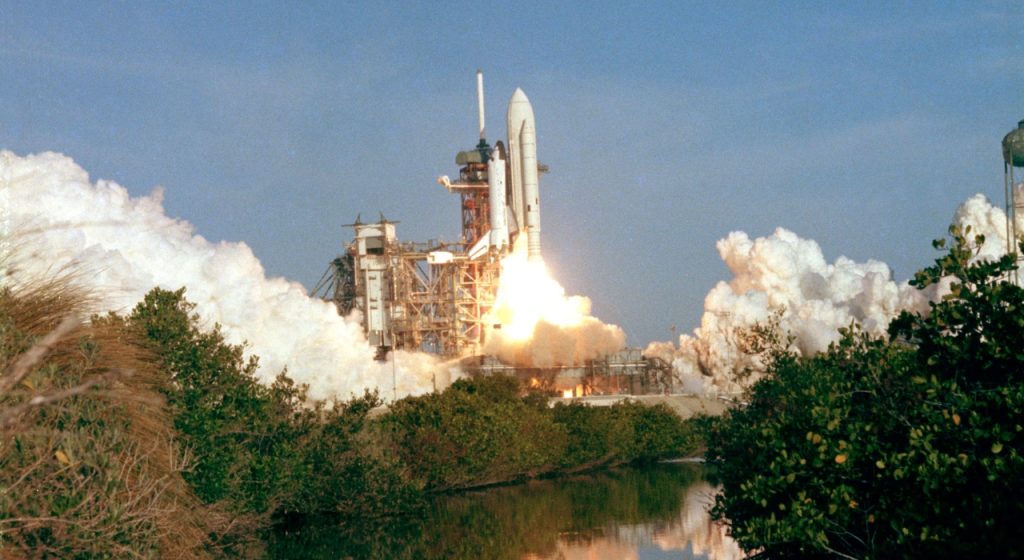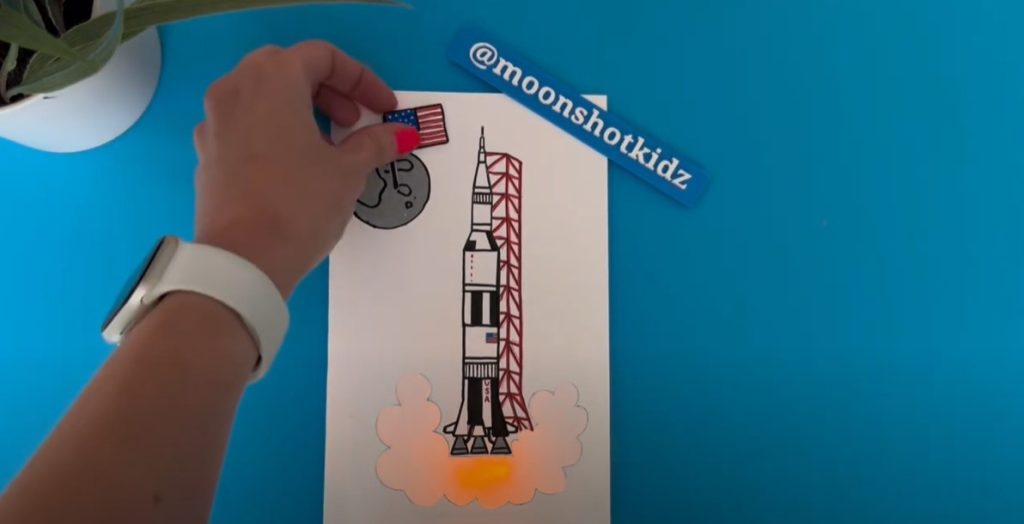
Apollo-era flight director Glynn Lunney passed away on March 19. Lunney had a long and storied career, beginning when NASA was founded in 1958 and ending nearly 30 years later during the Space Shuttle Program.
Born in Old Forge, Pennsylvania on Nov. 27, 1936, Lunney grew up with a fascination for flight.
While entering college, Lunney recalled studying aeronautics because, “I wanted to work in the field of flight which meant aircraft since the field known today as aerospace was virtually non-existent.”
After obtaining a degree in aeronautical engineering from the University of Detroit in 1958, Lunney entered the National Advisory Committee for Aeronautic (NACA) cooperative training program at the Lewis Research Center in Cleveland, Ohio. There, he worked with a group that used a B-57 bomber to launch small rockets high into the atmosphere to make heat transfer measurements.
Lunney first became aware of the work being done in manned space flight after viewing a preliminary drawing of what later became the Mercury spacecraft.
Early NASA experience
When NACA became the National Aeronautics and Space Administration in 1958, Lunney worked side by side with engineers at NASA’s Langley Research Center, in the area of manned space flight, as part of the newly formed Space Task Group (STG), which he joined in September 1959 as an aeronautical research engineer.
One of Lunney’s first duties with the STG involved working in the Control Center Simulation Group. Here he was responsible for the preparation and operation of simulated missions used to train flight controllers in the manned Mercury program.
After moving to Houston, Lunney began work at the newly organized Manned Spacecraft Center (MSC), becoming head of the Mission Logic and Computer Hardware Section of the Flight Operations Division (FOD), where he was responsible for establishing and coordinating the FOD flight dynamics requirements in the new Mission Control Center (MCC).
One of Lunney’s key roles at Houston was in helping establish the MCC mission rules for all flight controllers and crews. The philosophy behind these rules is sound enough that they remain in use today.
Lunney continued taking on progressively larger roles and responsibilities within NASA, including chief of the Flight Dynamics Branch at the Flight Control Division.
Apollo Era
In 1968, he became chief of the Flight Director’s Office, a role he assumed throughout most of the Apollo lunar program.
While in this role, Lunney’s duties grew to supervise all other flight directors and manage the training of flight control teams.
During this time, Lunney orchestrated the successful return home of Apollo 13 crew after an oxygen tank explosion that put the crew’s lives in jeopardy.
From 1970 to 1972, Lunney also acted as technical assistant for Apollo to the director of Flight Operations.
Lunney became involved in NASA’s first cooperative space venture with the former Soviet Union. In 1972, he became manager of the Apollo-Soyuz Test Project (ASTP) where he oversaw the planning, coordination, and integration of all U.S. technical and operational details, as well as the supervision and coordination of the contracts and other elements supporting the program.
When Lunney was promoted to manager of the Apollo Spacecraft Office in 1973, he continued with his ASTP responsibilities. Working with the Soviet Union required a great deal of skill in diplomacy and management; under Lunney’s direction, the ASTP mission was launched in 1975 and proved to be an international success.
Shuttle Era and Beyond
In 1975, Lunney became manager of the Shuttle Payload Integration and Development Program.
During this time, he also served two appointments at NASA Headquarters: from 1976 to 1977, he served as deputy associate administrator for Space Flight, and from 1979 to 1980 he became acting associate administrator for Space Transportation Operations.
From 1981 to 1985, Lunney returned to Houston, where he became manager of the National Space Transportation System program where he oversaw all Shuttle vehicle systems engineering, design, and integration.
In 1985, Lunney retired from NASA and began work for Rockwell International.
After the United Space Alliance (USA) formed in 1995 as NASA’s prime contractor for all Space Shuttle operations, Lunney became vice president and program manager for USA in Houston in support of NASA’s Space Flight Operations contract.






